Database Project: ERD, Relational Schema, and Normalization Techniques
VerifiedAdded on 2019/10/12
|6
|1099
|602
Project
AI Summary
This assignment provides a comprehensive overview of database design, focusing on Entity Relationship Diagrams (ERDs) and normalization techniques. The solution begins with an introduction to ERDs, explaining how they illustrate the logical structure of databases and the relationships between entity sets. A scenario is presented, detailing a customer service and shipment process, which is then used to create an ERD. The solution includes a relational schema with tables for Customer, Staff, Log, Shipment, Handling Team, and Recipient, along with their attributes and primary/foreign keys. The core of the assignment involves normalizing the tables to 1NF, 2NF, and 3NF. The solution explains the principles behind each normal form, identifying and resolving dependencies such as transitive dependencies, particularly in the Log table where delivery cost depends on the delivery type. The final normalized tables are presented, ensuring data integrity and efficiency in the database design. The assignment demonstrates a practical application of database design principles, providing a structured approach to creating a well-organized and optimized database.
1 out of 6
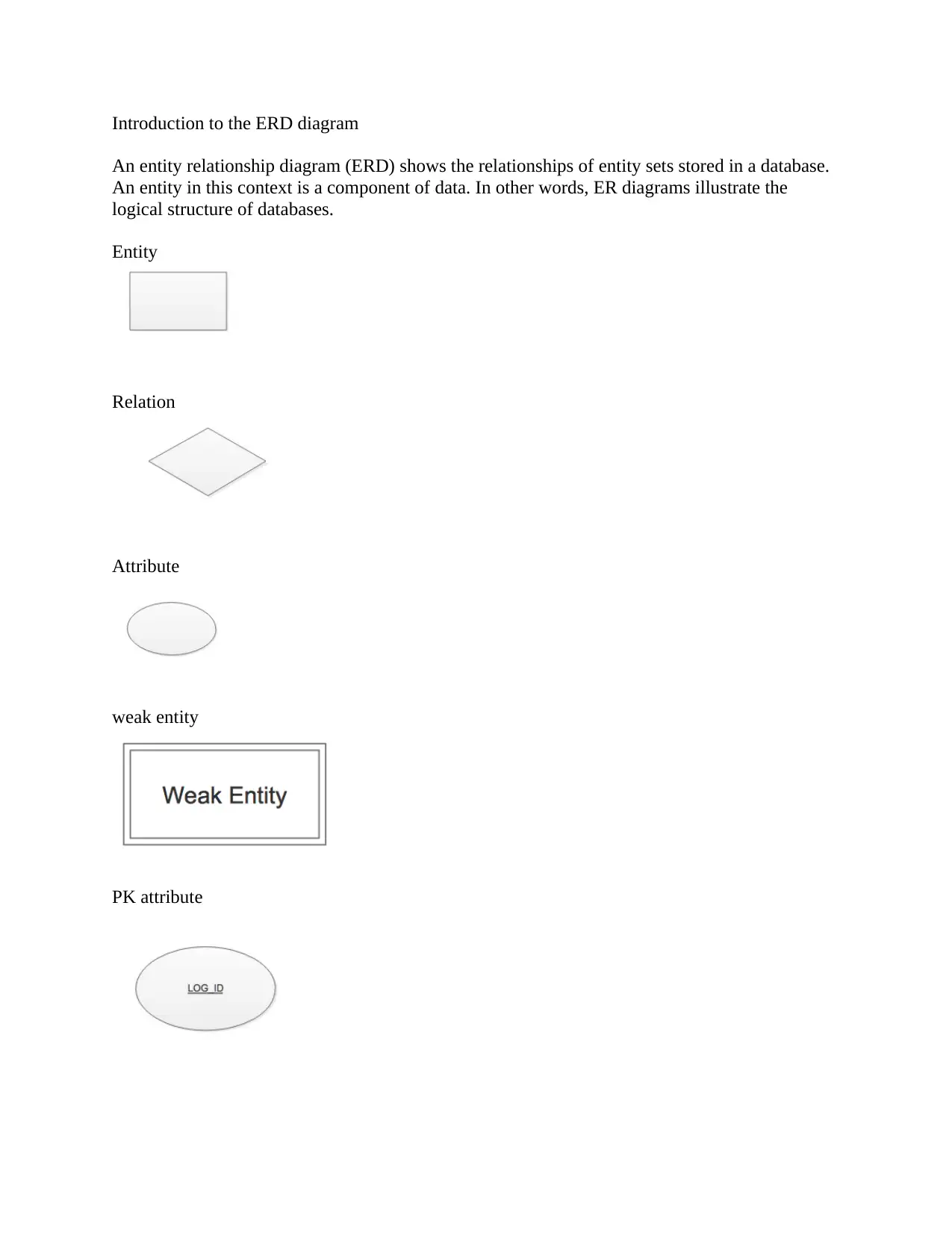
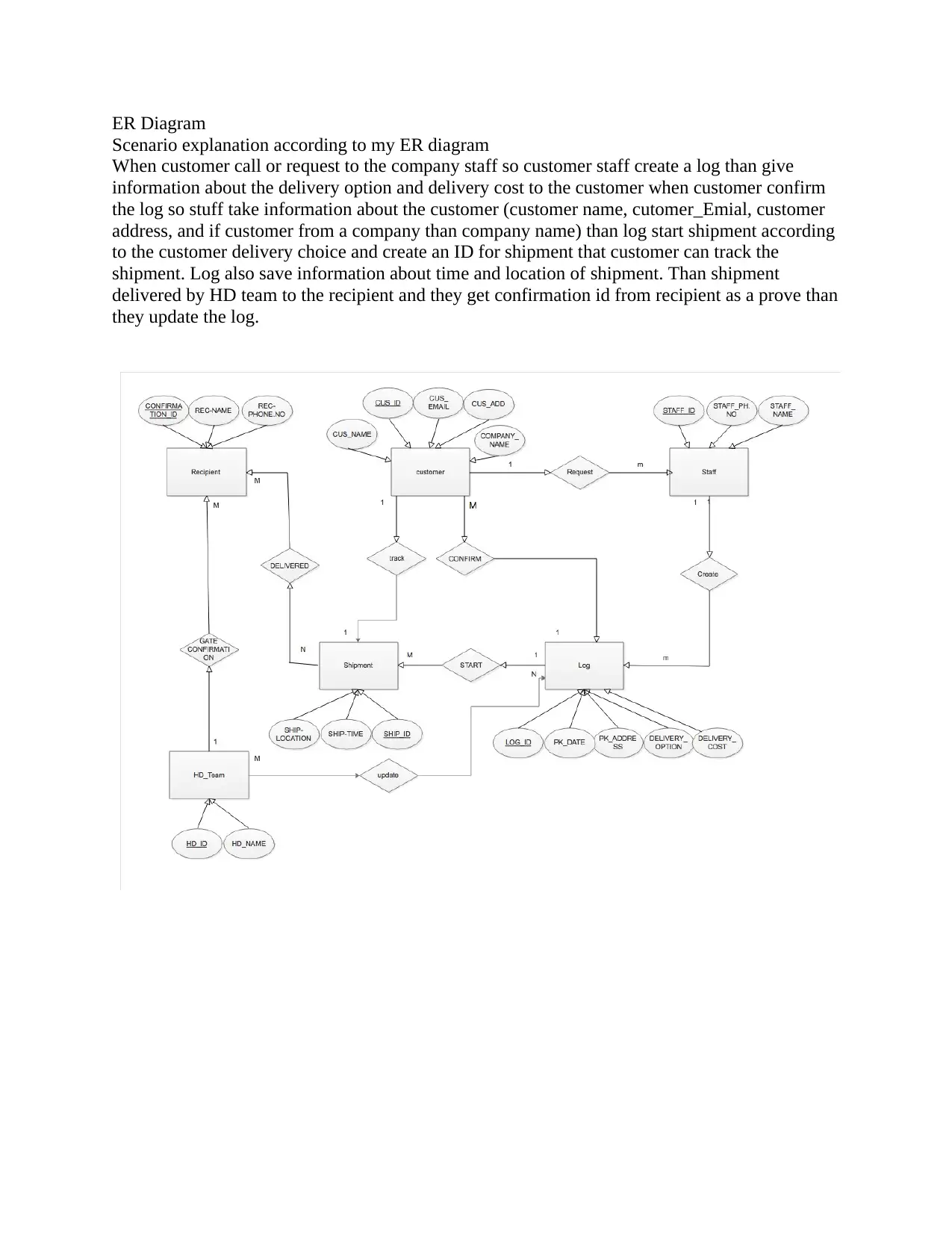
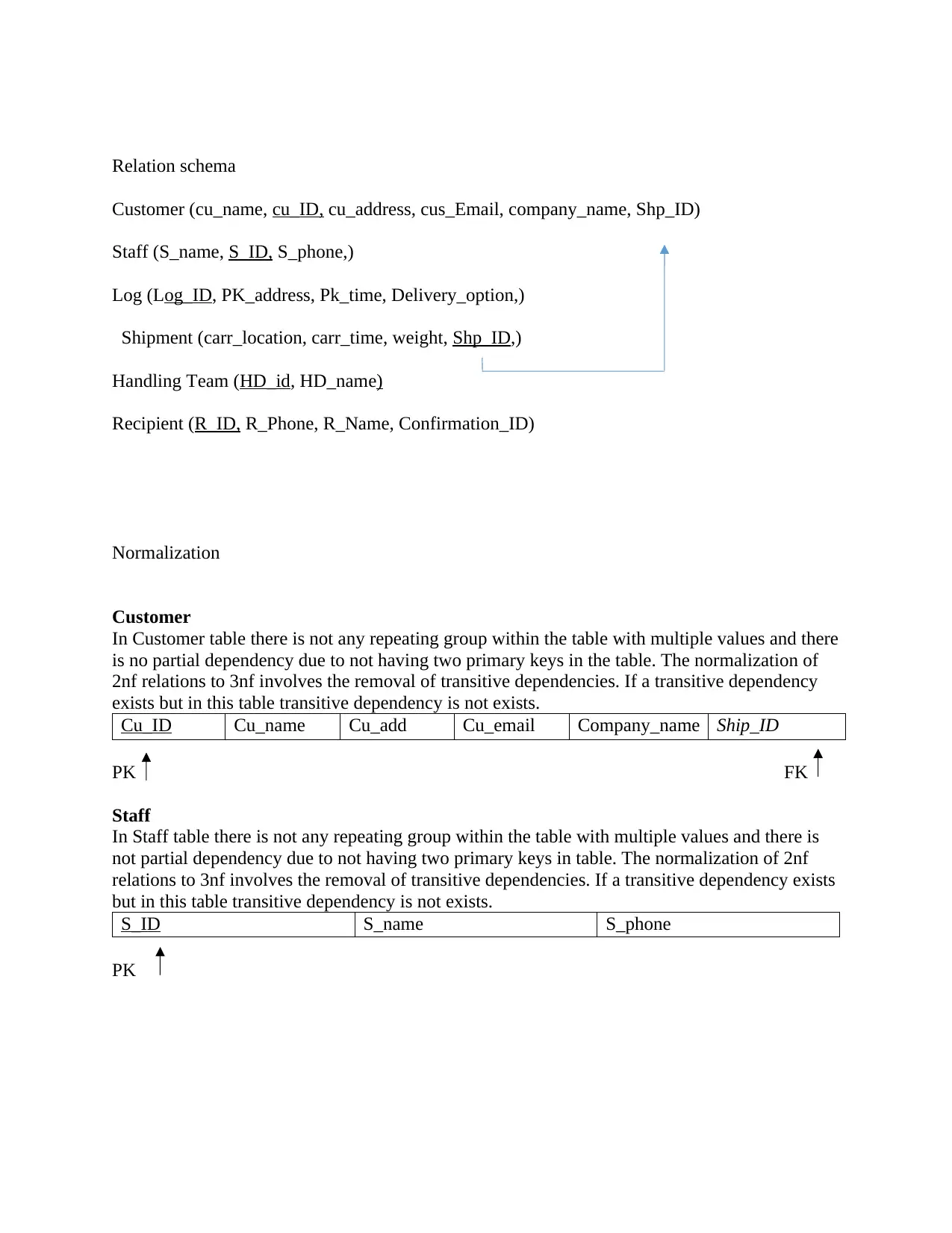

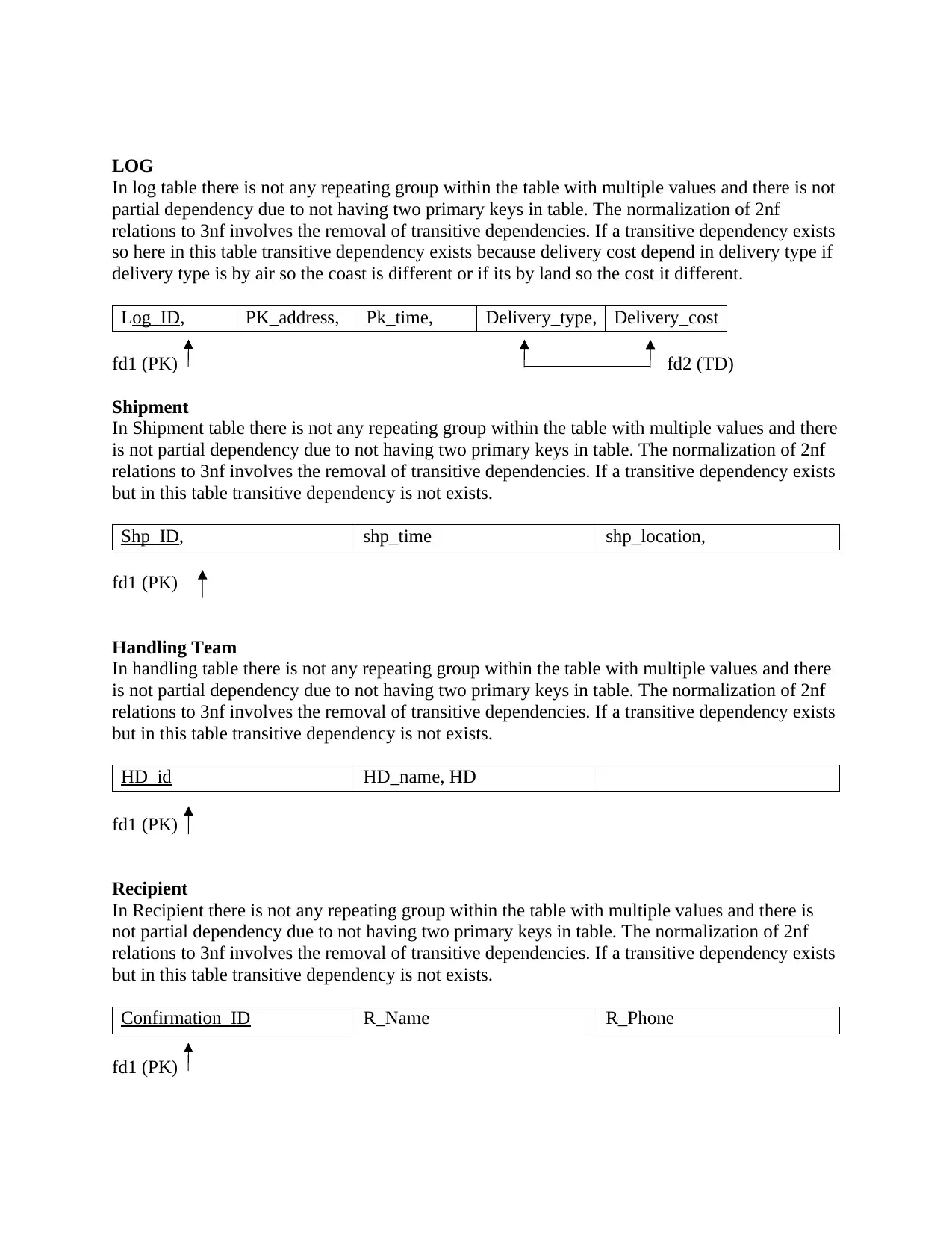
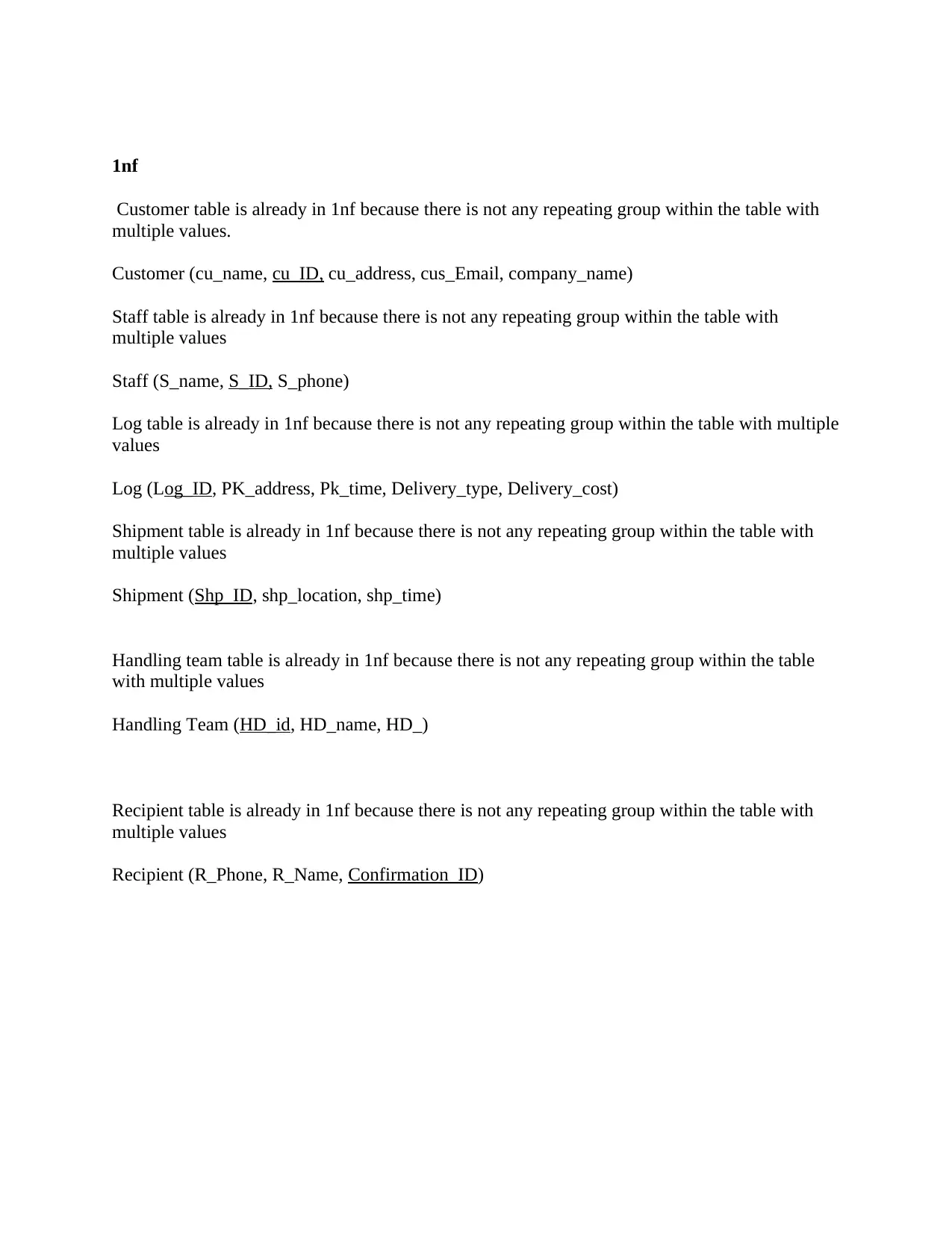
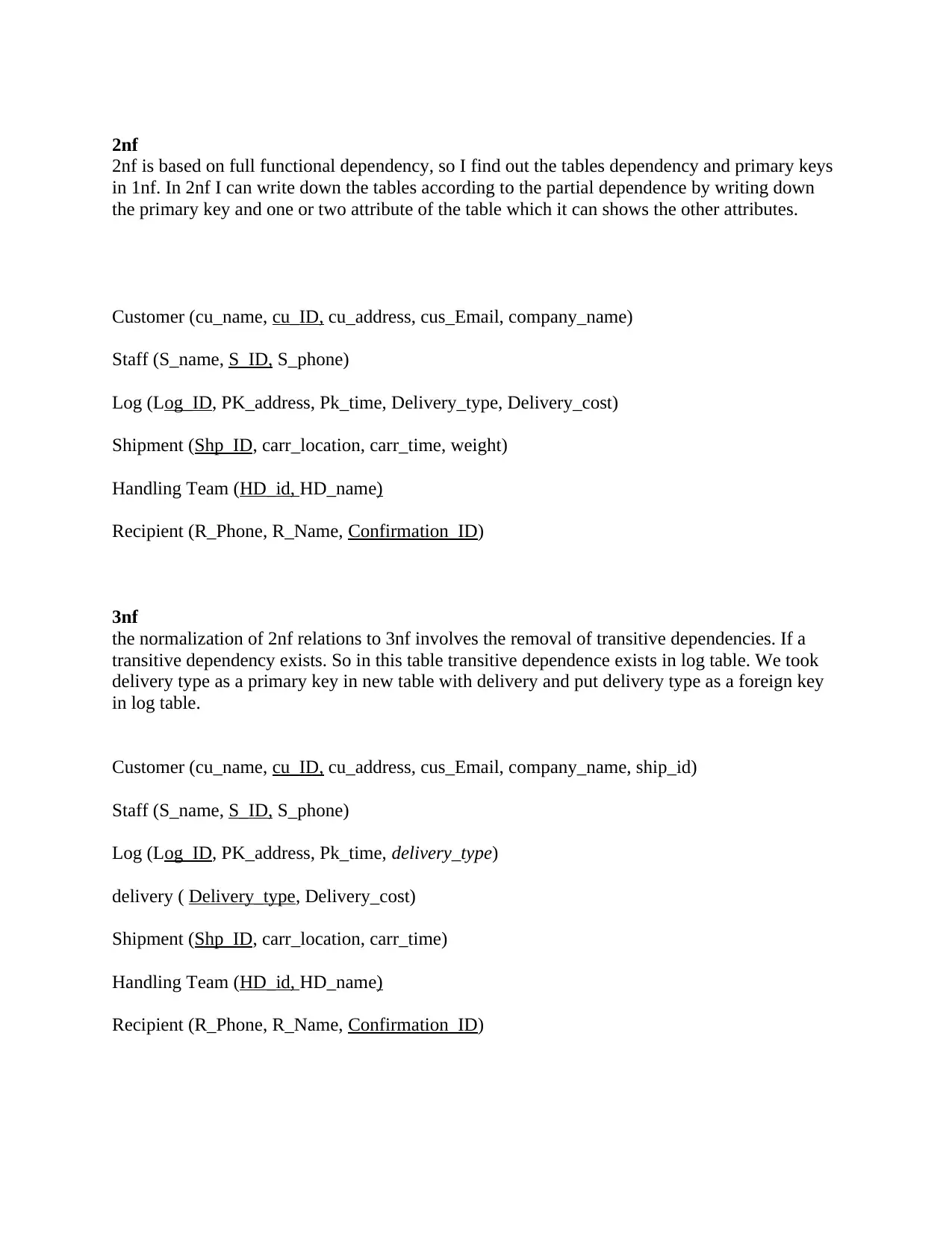





![[object Object]](/_next/static/media/star-bottom.7253800d.svg)